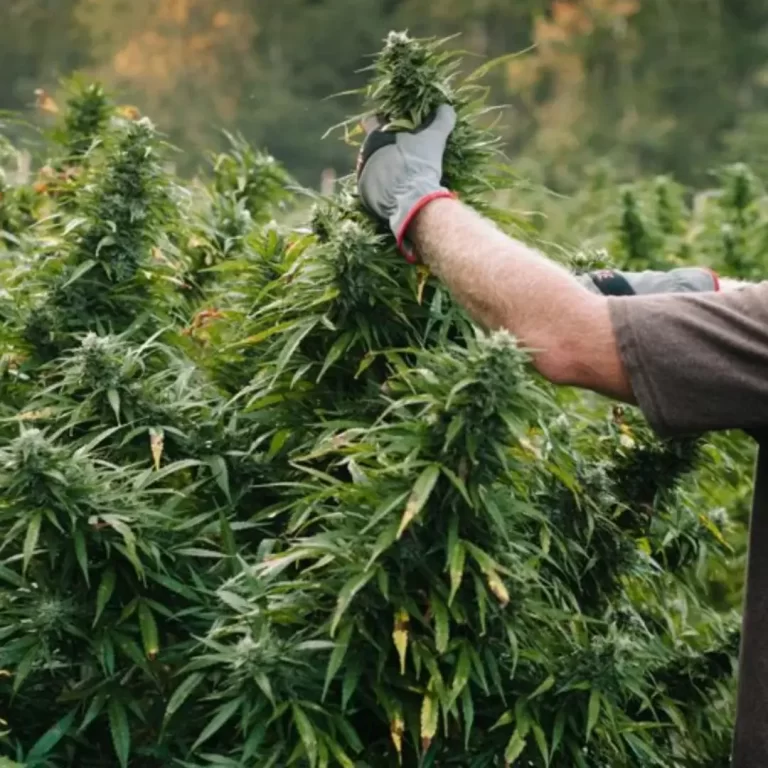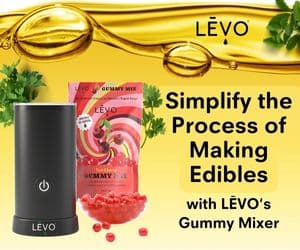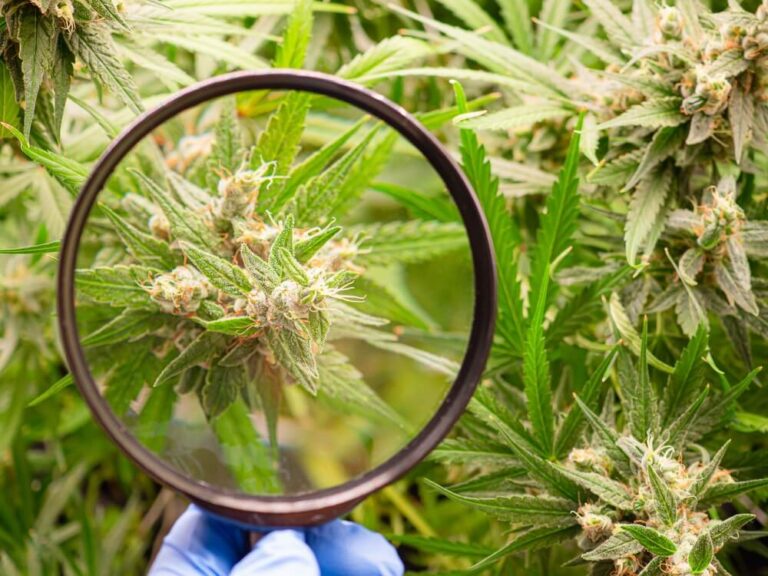
Does Weed Help with Chronic Pain?
- Education
- Cannabutter Digest

The desire for natural pain management and concerns around the side effects of prescriptions are two significant reasons why so many people are turning to cannabis to relieve their chronic pain. You may have heard your friends, family members, or other anecdotal sources say that marijuana has helped them soothe their symptoms, but is it really true? Does weed help with chronic pain? This blog post will unlock the truth about cannabis in regards to chronic pain.
What Is Chronic Pain?
Most medical sources define chronic pain as pain that lasts for three or more months. This can include pain from:
- Arthritis
- Back pain
- Fibromyalgia
- Headaches
- Migraines
- Skeletal muscles
- Neuropathic pain
- Digestive issues, such as IBS
Depending on its source, chronic pain manifests differently for different people. For some, it can be a dull ache localized in one part of the body. Others may experience a sharp sensation that radiates to other areas.
Furthermore, some people know precisely what the source of their pain is, such as a herniated disc. Some, including fibromyalgia patients, have pain without any identifiable or treatable cause. Regardless, when persistent pain impedes your ability to live your life, you might start to feel desperate for a way to manage your symptoms.
How Is Chronic Pain Traditionally Treated?
Most medical professionals will begin by attempting to treat the source of the pain. If a doctor can identify what is causing the unpleasant feeling in a person’s body, there may be ways of eliminating the pain by removing that cause. Interventions may include surgical and non-surgical options.
Because surgery is invasive, doctors may attempt to address the causes of pain with non-surgical methods, such as:
- Bodywork like massage
- Physiotherapy
- Physical therapy
- Over-the-counter medications
- Prescription medications
What Are the Side Effects of Traditional Treatments?
- Constipation
- Drowsiness
- Brain fog
- Addiction
In a recent year, one year alone, opioids were involved in over 90,000 overdose deaths in the United States. This number has been on the rise for the last two decades. With such alarming statistics, it’s no wonder why so many people are seeking alternative, more natural, and safer ways of managing their chronic pain.
Does Cannabis Work for Chronic Pain?
These benefits are just a few reasons why many states allow doctors to prescribe medical marijuana to patients who suffer from chronic pain, including:
- Musculoskeletal pain
- Arthritic pain
- Cancer pain
Cannabinoids for Pain Relief
The marijuana plant contains two primary cannabinoids: THC (tetrahydrocannabinol) and CBD (cannabidiol).
CBD does not have the same psychoactive properties as THC, furthermore, it has the ability to counteract THC’s cerebral effects. However, CBD does have an analgesic effect. It affects your endocannabinoid receptors indirectly. Because it does not get you high, there are many folks who try treating their pain with CBD first and some who prefer it over THC.
It is a growing opinion that the most effective way of using cannabis to manage pain is to treat it with both THC and CBD together, in conjunction with terpenes. Known as the “entourage effect,” people who subscribe to this theory believe that the combined efficacy of the two cannabinoids with terpenes is greater than the sum of their parts.
What Are the Side Effects of Cannabinoids for Chronic Pain Relief?
As with all treatments, medical marijuana can have side effects. However, some people will experience these to a greater degree than others. Side effects may include:
- Dry mouth
- Dry eyes
- Nausea
- Anxiety
- Light-headedness
- Sedation
The side effects of CBD tend to be far less pronounced than those of THC. As such, CBD may be a better option for young people whose brains are still developing. Furthermore, if you need to drive or operate heavy machinery, CBD may give you the relief you need without impairing your functional abilities.
If you are taking any medications, you should always speak to your doctor to rule out any drug interactions before beginning a cannabinoid pain relief regimen.
How Do I Use Weed to Manage Chronic Pain?
There are many effective ways of using cannabinoids to address your chronic pain, including:
- Smoking
- Vaping
- Topical salves
- Edibles
- Tinctures
We suggest reading our article about the safety of edibles versus smoking and vaping in order to make the best and informed decision about how you choose to partake.
Depending on the source and nature of your pain, your medical professional may recommend a specific means of delivery. For example, edibles and topicals tend to be healthier than smoking, which can potentially damage your respiratory and oral health over time. Furthermore, these methods are far less conspicuous.
One answer to this problem is to make your own recipes at home using a countertop infusion machine, such as LĒVO. LĒVO’s line of home infusion machines are designed to take the guesswork out of the home-edible process. You can set the machine to the appropriate time and temperature (with LĒVO’s guidance of course) and forget it. While LĖVO does all the work, you can get back to the things, work and people you love. Come back LĒVO when your infusion is complete and ready for use. It’s really that simple. As a bonus, the machines are cost-effective, and allow you to create homemade edibles, topicals, and even bath bombs! You’ll always know precisely what you are taking in and you can customize your recipes to suit your pain management needs.











